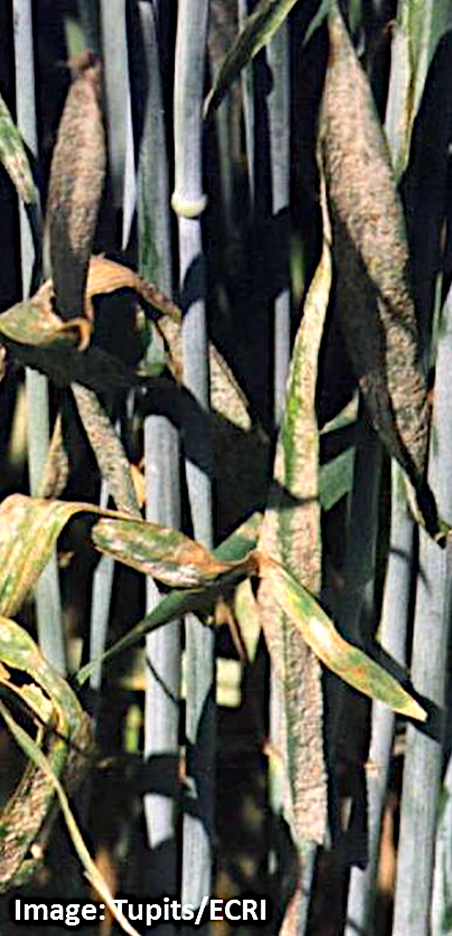 Importance
Importance
Rye is infested with a special form of mildew - Erysiphe graminis f. sp. secalis. Strong epidemics occur locally and often only with intensive cultivation. Nevertheless, mildew can, under favorable conditions, cause a yield loss of up to 25 %.
Main symptoms
On rye, powdery mildew is mostly diagnosed on the leaf blades as whitish and cotton-like mycelium. These toppings later turn brown with small black Cleistothecia. Powdery mildew can only affect living leaf tissue. Spreading during vegetation occurs through conidia formed on the top of the leaf (up to 6,000 / cm2). For strong sporulation, temperatures between 18°C and 20°C and high humidity (but no rain) are required.
Genetic Disease Prevention
Genetic analysis of resistance to powdery mildew in rye led to the identification of resistance genes. The cultivation of resistant cultivars contributes to a sustainable agriculture.
